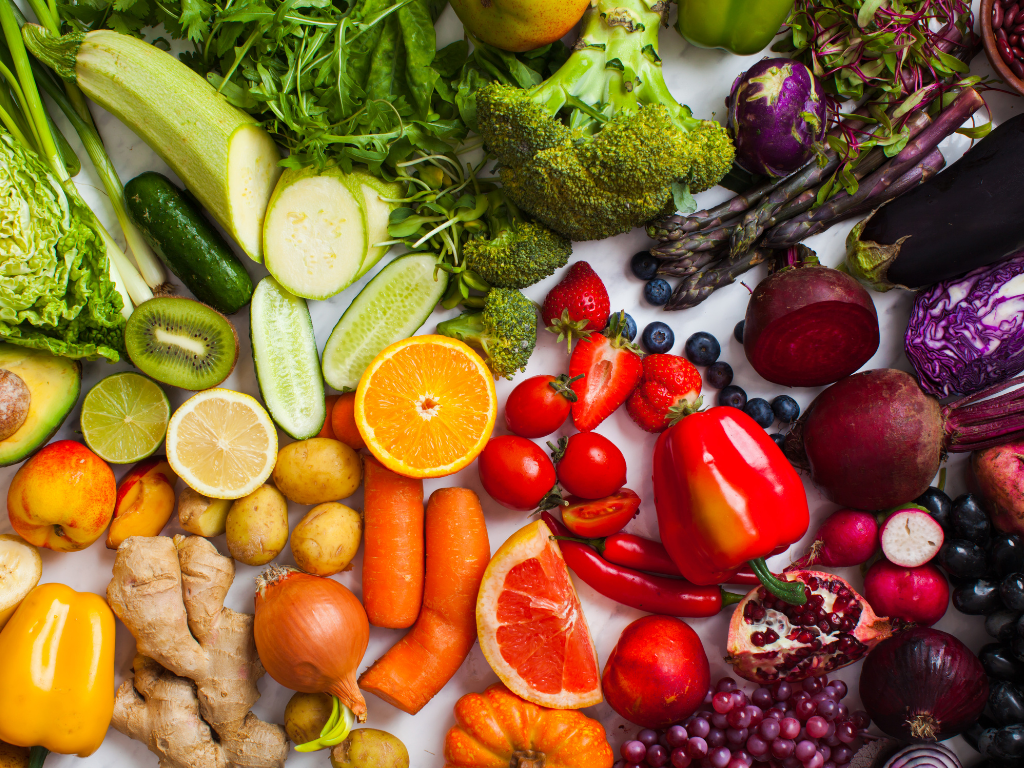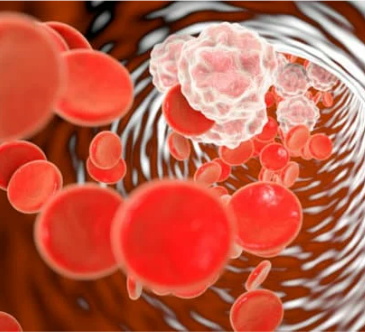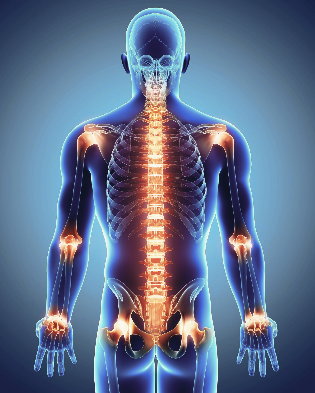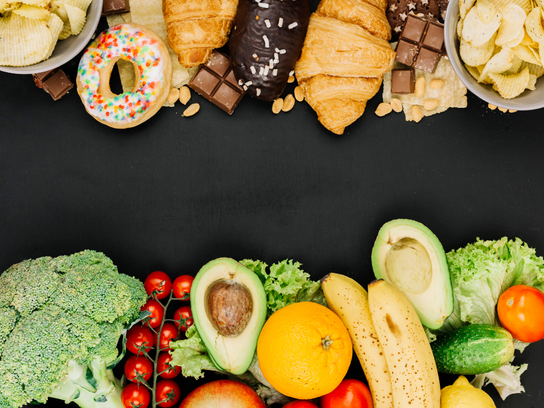Nutrition is a key part of our health that can have a direct impact on how we feel, perform, and even fight disease. While you may be aware of the connection between your diet and your overall health, you might not be aware that certain foods might cause inflammation within your body, and other foods can help fight it.

What is Inflammation?
Inflammation has a bit of a bad reputation, but it is actually a necessary and healthy part of your immune system. Your inflammatory response kicks into gear when your body comes into contact with something it perceives as harmful, such as a pathogen, irritant, or chemical. While inflammation can occur from a physical injury, like when your toe swells up after you stub it, it can also result from your body helping you get better when you catch a cold. Both of these are examples of acute, or short-term inflammation, which, again, is a necessary and important part of life. On the other hand, chronic, or long-term, inflammation can cause problems for your health. If your body is regularly exposed to inflammatory components through food, environmental toxins or other sources, your inflammatory system has a hard time turning off.


Your Diet’s Impact on Inflammation
Chronic inflammation is linked to a number of conditions including asthma, allergies, autoimmune diseases, depression, cardiovascular disease, insulin resistance, cognitive decline, osteoporosis, arthritis, and obesity. Some painful joint conditions, including osteoarthritis and gout, are potentially triggered or exacerbated by inflammation in the body. This may also be true for localized pain from injury and even chronic, generalized pain that is not improving with other treatments.
“A lot of chronic pain is the result of chronic inflammation, and the evidence is quite strong that your diet can contribute to increased systemic inflammation,” explains Dr. Fred Tabung of Harvard’s School of Public Health. “But your diet is also one of the best ways to reduce it.”
Inflammatory Foods
It probably won’t come as a surprise that many of the foods you deem “unhealthy” are also the ones that cause inflammation. Inflammatory foods include: refined carbohydrates (such as white bread, pasta, pastries), candy, fried foods, sugar-sweetened beverages like soda, alcohol, and processed meats like hot dogs and sausage.
Foods that fall into the “inflammatory” category can promote the production of reactive oxygen species (ROS), TNF-alpha, and interleukin 6, which are all indicators that the immune system has been ignited. Consuming these foods can also disrupt the balance between inflammatory and anti-inflammatory cytokines that are produced by the immune system.
It’s important to note that inflammatory foods can be a part of a healthy diet, and enjoying them along with foods high in fiber and antioxidants is a great strategy for keeping inflammation at bay. Mainly choosing foods that fight inflammation and keeping inflammatory treats in moderation is key to keeping your health vibrant and preventing disease, so let’s explore which foods help do just that.

Foods that Fight Inflammation
According to Dr. Frank Hu, professor of nutrition and epidemiology in the Department of Nutrition at the Harvard School of Public Health, “Many experimental studies have shown that components of foods or beverages may have anti-inflammatory effects.”
This research is important because it shows that prevention is vital to health, and being proactive in preventing disease can start in the kitchen. Other studies have supported the idea that dietary polyphenols in a variety of foods can help lower inflammation in your body and improve the function of cells that line your blood vessels.
While most fruits contain a variety of vitamins and minerals that support your body, a few fruit families are especially known for their antioxidants and polyphenols, which are protective compounds found in plants. These include berries, which have been linked to lower risk of heart disease, Alzheimer’s disease, and diabetes; and stone fruits, such as cherries, plums, apricots, and peaches, which contain fiber, vitamin c, potassium, and a variety of phytochemicals. In addition to many fruits, brightly-colored vegetables like kale and spinach can improve the function of cells that line the blood vessels, helping your body combat damaging inflammation.
Nuts and seeds, along with olive oil, fatty fish like salmon and sardines, and spices like turmeric, ginger, garlic, and rosemary, are other options that have been associated with reduced markers of inflammation and a lower risk of cardiovascular disease and diabetes among people who consume them regularly. Some beverages are also known to be rich in antioxidants and are thought to have anti-inflammatory benefits, including coffee, green tea, and drinks containing cocoa. Even supplements containing curcumin (found in turmeric) may reduce inflammation that causes pain like arthritis.
So if you have pain or inflammation that seems to come and go and is not always related to your activity level, consider adjusting your diet to include more anti-inflammatory foods and less of the other. Also, give us a call and we can help you find other long-term solutions to your pain and discomfort!




